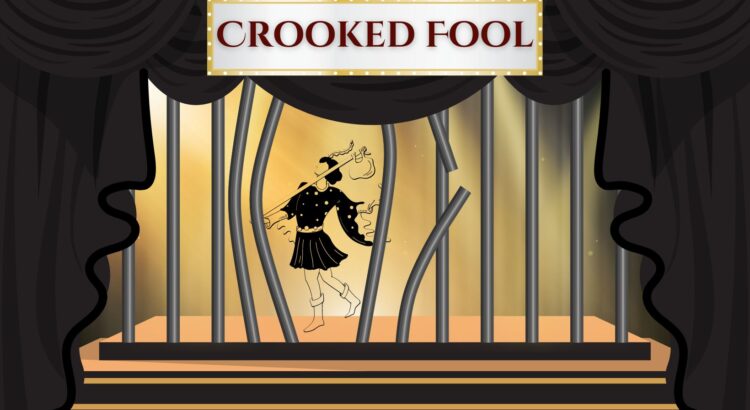The first tarot deck I ever bought was the Fountain Tarot, and their description of the Fool reads:
“Suspended between spiritual and Earthly existence, the beautiful Fool is the newly born soul embarking on a bright adventure…Though some find his quest absurd, he is not swayed. With an open heart, he is led by the inner voice of his true Self.”
In the major arcana, the Fool comes first in the deck, before many other archetypes such as The Priestess, Magician, Devil, and so on. The Fool has yet to experience either the highs or the lows of their journey and relies on their inner compass to guide them. Because they don’t have much experience to draw from in their journey, they have to become comfortable living in the unknown.
The Muse Tarot, a favorite of mine, includes a poem at the end of every card description, and for the Fool Chris-Anne writes:
Fearlessly jump into
The sea of the cosmos,
The spinning potentials are calling —
maybe a little foolish today
yet better done fool-like
than stalling
Chris-Anne reminds us that sometimes we don’t have the luxury of knowing what’s going to happen or what the right course of action even is, and we still need to act. The show must go on.
One of the greatest steps I took in my artistic journey was embracing the fool. This was both an act of taking the pressure off myself to know everything, and acknowledging the ways in which I’d have to trust myself and my own inner knowing over industry norms that want nothing to do with a Queer, Disabled, Deformed femme actor. The rules as they existed left no space for me.
My own Fool journey was one of coming into deep understanding of the power of transgression. When I was training as a clown, one exercise involved thinking of a common activity, and then coming up with as many ways as possible to screw it up. How many ways can we do the most basic thing wrong? And where is the joy in doing so?
The Fool often doesn’t know how to do things “right” and may not even have any concept of the socially sanctioned ideas of right or wrong, good and bad, acceptable or not even are.
I think back to my childhood self. I was viewed as “crazy” for laughing too loud and too much, or just making weird noises in general, particularly when I wasn’t supposed to. Simultaneously, I was viewed as “angry” because I just couldn’t accept things that I knew deeply to be wrong. Whether it was through laughter or soapboxes, I was calling out absurdity.
Britannica describes the Fool as “a comic entertainer whose madness or imbecility, real or pretended, made him a source of amusement and gave him license to abuse and poke fun at even the most exalted of his patrons.”
The entry goes on to say that the Fool is “often deformed, dwarfed, or crippled…”
You’re telling me…
I spent the first decade of my time in theatre with a 90-degree curve in my spine. This was never meant to be a statement on anything; we perform with our bodies, and this was the body I had.
This Fool asks: Who determines beauty, and why can’t it include me?
Judith Butler said, “Gender is a performance that is repeated and becomes constructed through time.”
In this quote, Judith Butler is addressing the concept of performativity, which they discuss often in their writing on gender. Though it may be tempting to think of performance as something imaginary and fundamentally unreal, Butler argues (as paraphrased by me, a Fool) that performance affects very real change. To perform is to change something. Performing gender makes it real. By taking actions associated with and attempting to look like a given gender, human beings create gender. And it can be recreated anew, and it can look different than before. (It’s worth noting here that the Fool archetype has a long history of breaking down gender norms; my own clown, Pookie Ra Ra, is meant to be a teenage boy, but has noticeable breasts because I don’t like binding).
The Fool asks: What else can be performed differently? How can we change the show? What can we make and remake?
The Fool doesn’t necessarily have the answers. But they are not held back by what is. They remind us that where we lack answers, we can create them.
The Fool reminds us to embrace the unknown.
What the Fool offers us is hope.
“Hope locates itself in the premises that we don’t know what will happen and that in the spaciousness of uncertainty is room to act.” – Rebecca Solnit



Leave a Reply
Be the First to Comment!